I did not see it coming
I have the Nikkor 16-35mm zoom lens for the F-mount and I have so far been a happy camper as this lens allows me to do both landscape, architecture and street photography. But recently I took some photography training and the coach was rather insisting that I gave a 35mm prime a try. The training was otherwise very much about the process of photography and very little about camera gear and technique as such, but having seen my style of shooting, he was very insisting!
So approximately 2/3rds into the training (a 10 week course) I got this lens and fell in love with it immediately! And my assessment of the lens was confirmed by my fellow students, who noticed the difference in quality of the images I presented as part of the training! It was quite convincing as they noticed the lift in image quality without me mentioning the change of lens.
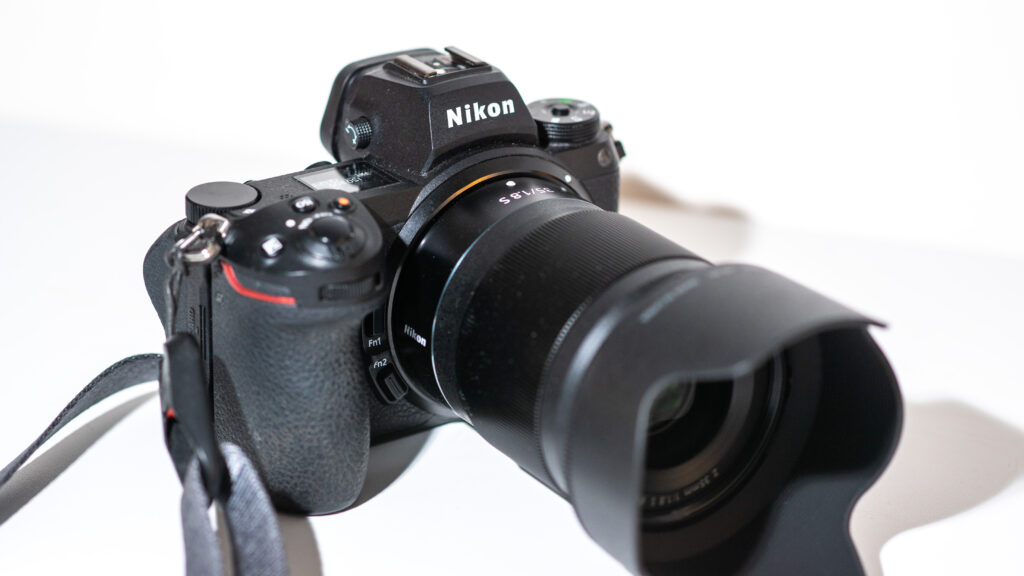
The lens as such
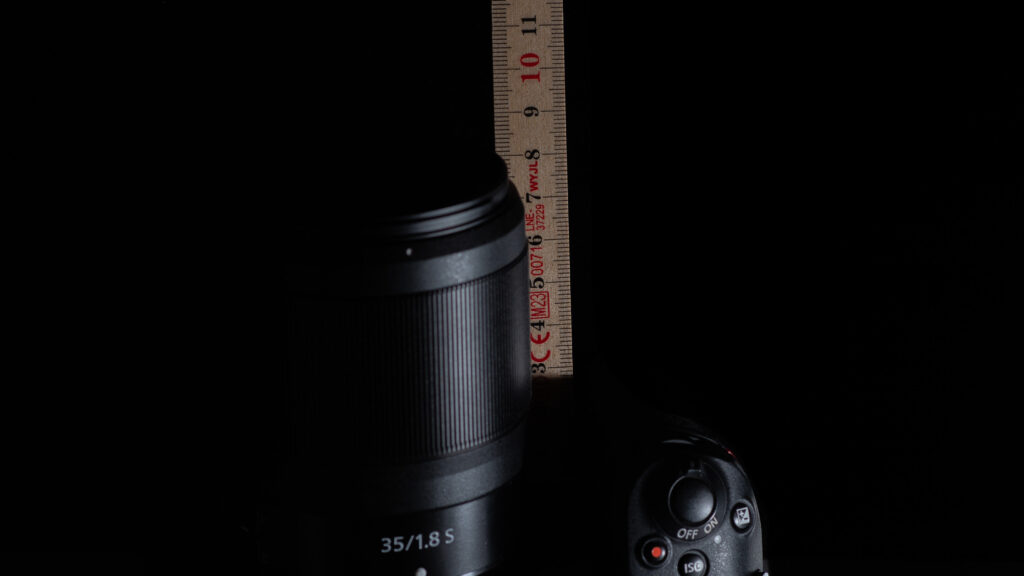
If you were hoping of a small and flat pancake like lens, then I have to disappoint you! This lens is surprisingly large given that it is only 35mm and I measured it to be around 8-9 centimeters (3.5 inch) long without the lens hood. Adding the lens hood, you are looking at a lens around 13-14 centimeters (5.5 inch) in length. Not exactly a lens where it is easy to hide what you are doing if shooting street photography where discretion can be a blessing!
It is not particular light either – around 370 grams. Not that it feels heavy in any way sitting on my Nikon Z6ii, but I was surprised that it was this heavy. I am not a lens engineer, but my guess is that Nikon prioritised performance and let the lens take the size and weight required to reach that goal.
The lens comes with a large and easy to find focus ring. The ring takes up half the length of the lens (approx 4 cm) and is obviously very easy to find when you have your eye in the viewfinder. Other than the A/M switch for moving between auto focus and manual focus, this is the only movable item you will find on the lens.
The design is very tight – some will say boring, but you will not be confused by a lot of buttons and dials as this lens is basically only a black “tube” with a focus ring and an A/M switch. Actually, I should not say focus ring, because the function of the lens control ring is configurable in the customs control menu f2. Here you can configure the lens control ring to control aperture, exposure compensation, ISO or focus (obviously). You can also select to give the lens control ring no function at all.
The auto focus motor is super silent. I have a lot of Nikkor lenses (both for the Z and the F-mount) and this is probably the most silent I have tried. It is not super fast – but with a 35mm I doubt you will be dependent on a speedy AF motor as you would when shooting birds in flight with a 500mm. I just enjoy that when half pressing the shutter the viewfinder moves from blurred to tac sharp with hardly any sound. I find it to be a bit fascinating (you may be thinking “nerd alert!” and you are absolutely right!).
Aperture and blades
The aperture ranges from f/1.8 to f/16. There are faster alternatives, but I do have a 50mm f/1.2 and although I enjoy all the fun you can have with a super slim depth of field, I have also come to realise how seldom I use the lens wide open. So for me it is not an issue that the lens is not able to open up to say f/1.4, but we are in personal preference territory here.
In the other end of the scale I was surprised that the ability to close down stopped at f/16. I know that some will start talking about diffraction going beyond f/16 but with other lenses I actually enjoy closing down to more than f/16 especially when shooting into the sun and working with the sunbursts produced.
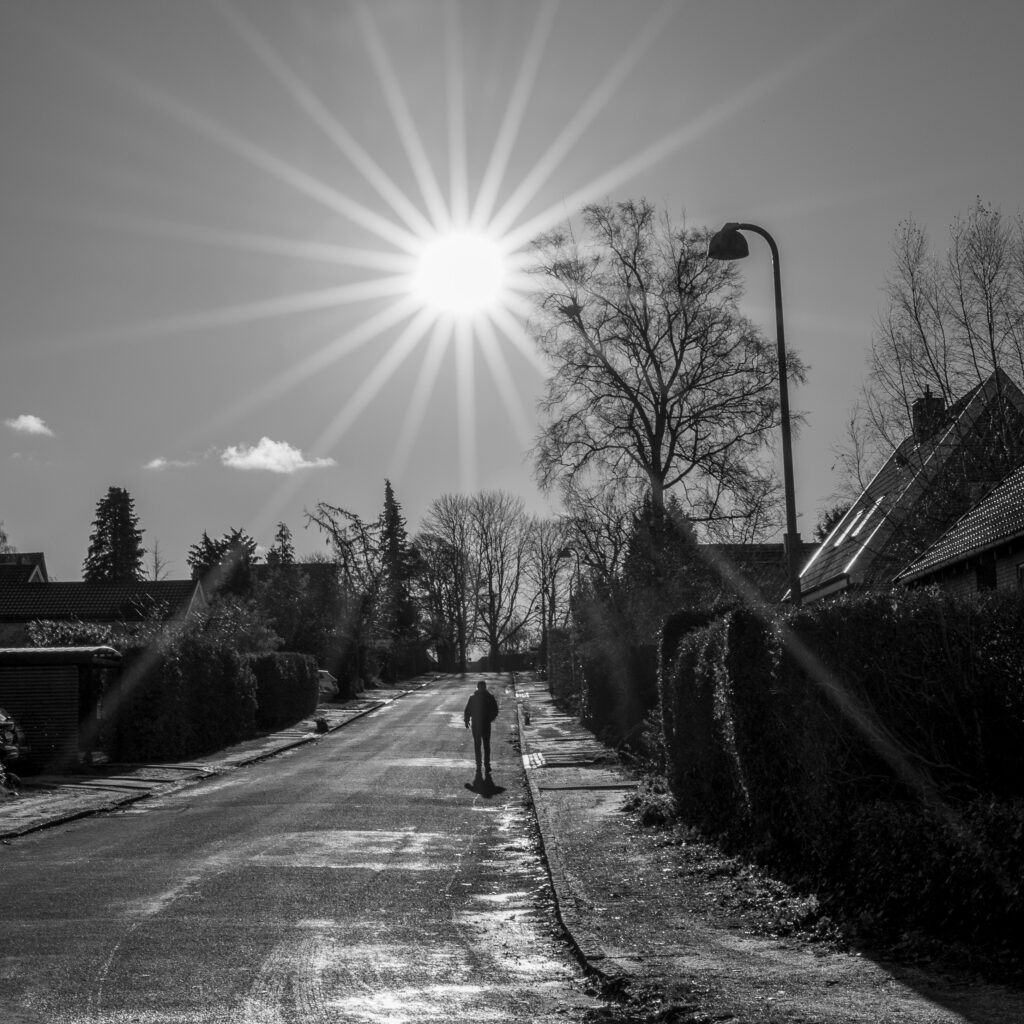
I love straight blades as I do a lot of work shooting into the sun to produce sun bursts. Rounded blades do not work well here, as they give a less well defined sunstar. However, I think Nikon in this case has found a good compromise between rounded blades (and nice bokeh) and straight blades producing nice sunstars: closed down to f/16 it appears to me that the blades are almost straight or as straight as they can get when still being part of a more rounded structure when the lens is not fully closed down. In the image above the sunburst is well defined IMHO, but not as well defined as in the case of straight blades. But as as compromise between sunstars and bokeh, this works well for me.
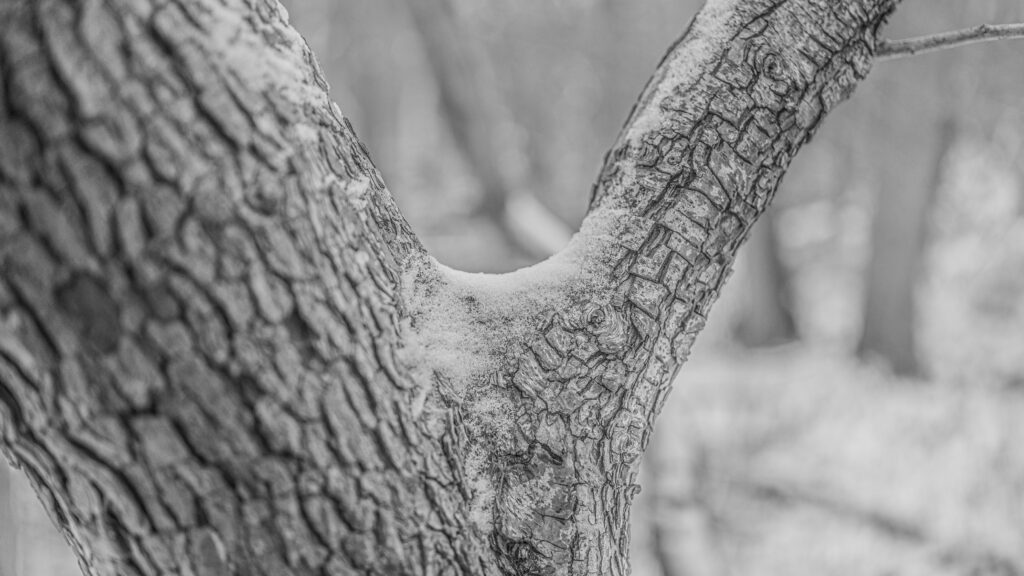
In terms of the out of focus elements or bokeh, I have no complaints in this department with this 35mm lens, but I do know that there are other reviewers who care more about the bokeh that I do. Above and below are examples of how the lens renders out of focus elements so you can see what you think of it.

Price
The Nikkor 35mm f/1.8 S set me back around 700 EUR in November 2023. With the cost of living crisis and inflation sky rocketing, quoting a specific price is perhaps not all that useful, but it is clearly an expensive lens! I have gotten used to all the great AI/AIS/AF/AFS glass that Nikon has produced and the associated bargain prices, so paying that amount of money for a lens is clearly new territory for me! But I was not disappointed! However, if you do not need the last few percentages of performance relative to say an AF-S lens, then paying that amount of money for a short prime seems eye watering expensive. But for me it made sense as I could use all the detail the lens provides. And I expect to use the 35mm for a very large part of my shooting. But if you find it expensive, I agreed, and F-mount alternatives certainly can and do produce a more meaningful price performance ratio.
Technical performance
As mentioned, I find the image quality to be absolutely astonishing, and the MTF chart below seems to confirm my observations. As you probably know, high and straight is better and especially the contrast shows an exceptionally high level, and be mindful that this is at f/1.8. Stopped down a bit the lens will show an even more impressive MTF chart, but unfortunately Nikon has only provided the MTF chart wide open for a prime.
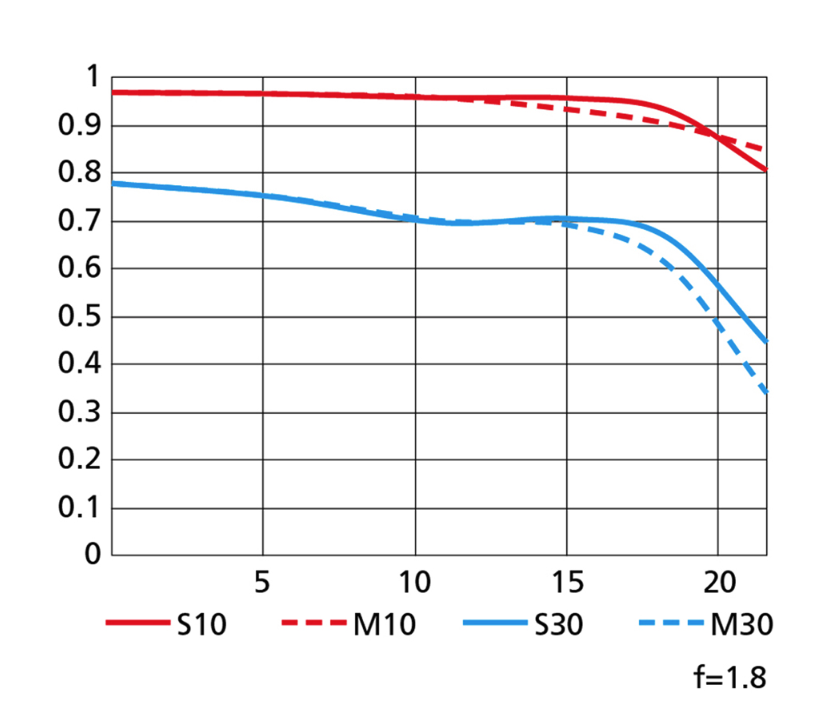
Some will miss vibration reduction in the lens, but with a short lens and knowing that the image stabilisation in the Z-bodies will do a great job stand alone, I have never missed image stabilisation in this lens.
Control of chromatic abberation (purple fringing) is some of the best I have tried. I usually have a little test where I shoot a ball of curled up tinfoil with a flash throwing hard light at it, but there was noting to see with this lens and for all practical purposes as far as my shooting goes, there is no CA at all, period.
The minimum focus distance is 24 centimeters. This is close (!) but it is not unusual for a wide lens. You can really make some fun and creative shots with a lens that is able to go this close to the subject, especially when you consider that the focus distance is measured from the where the sensor sits and not from the tip of the lens!
Image quality
The image quality of this lens is simply amazing. I did not only notice this myself, but my fellow students in my training course did as well as I reported earlier. Be mindful that the quality of this lens is to some extend lost on my Nikon Z6ii as you would need a high resolution sensor with way more resolution than 24mp. But even on my Z6ii it has impressed me.
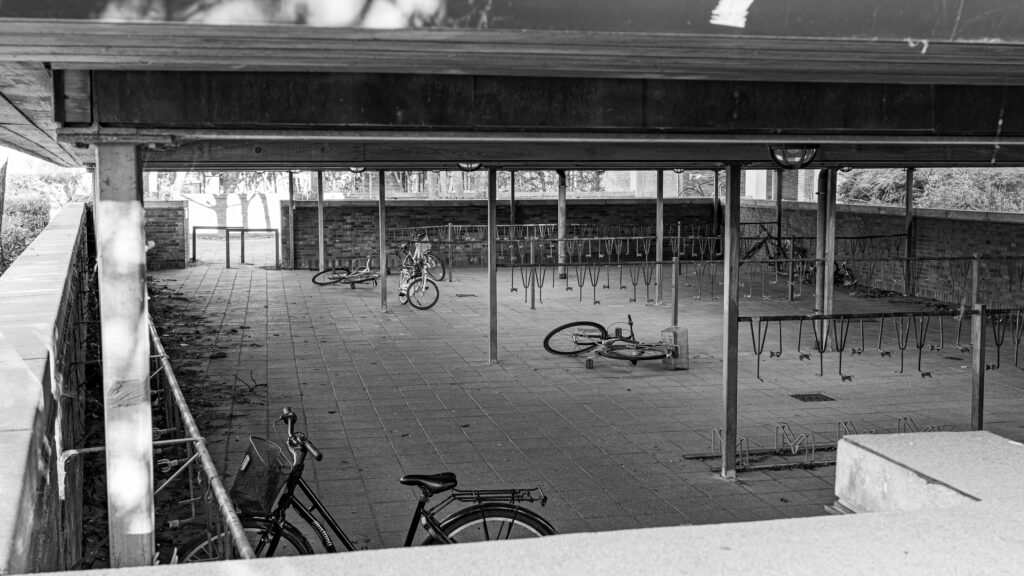
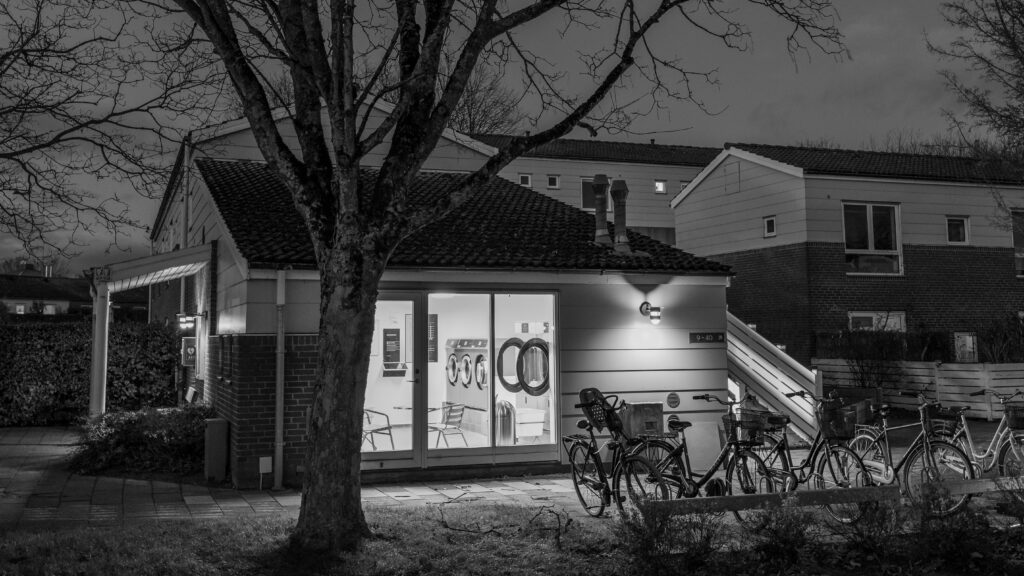
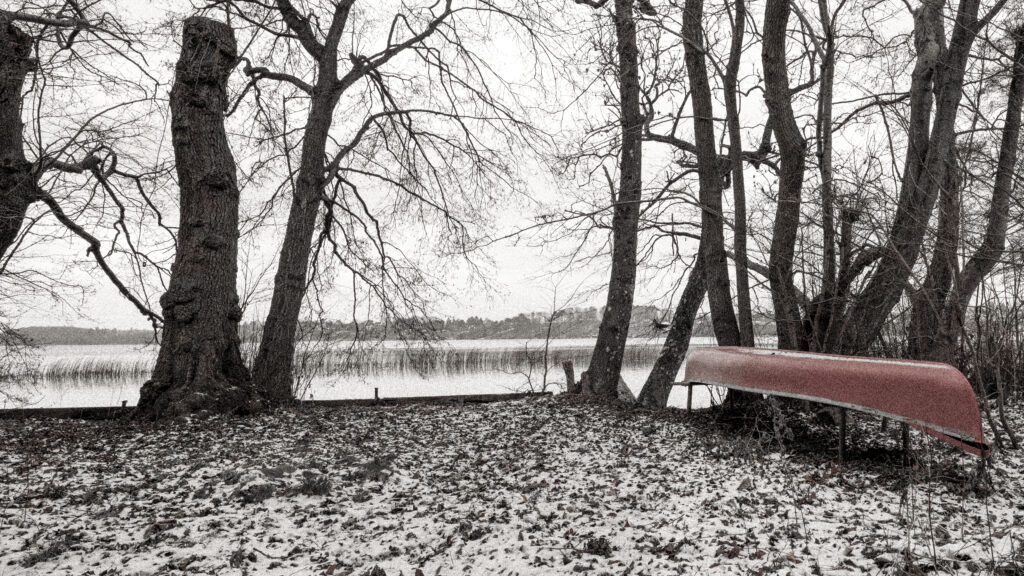
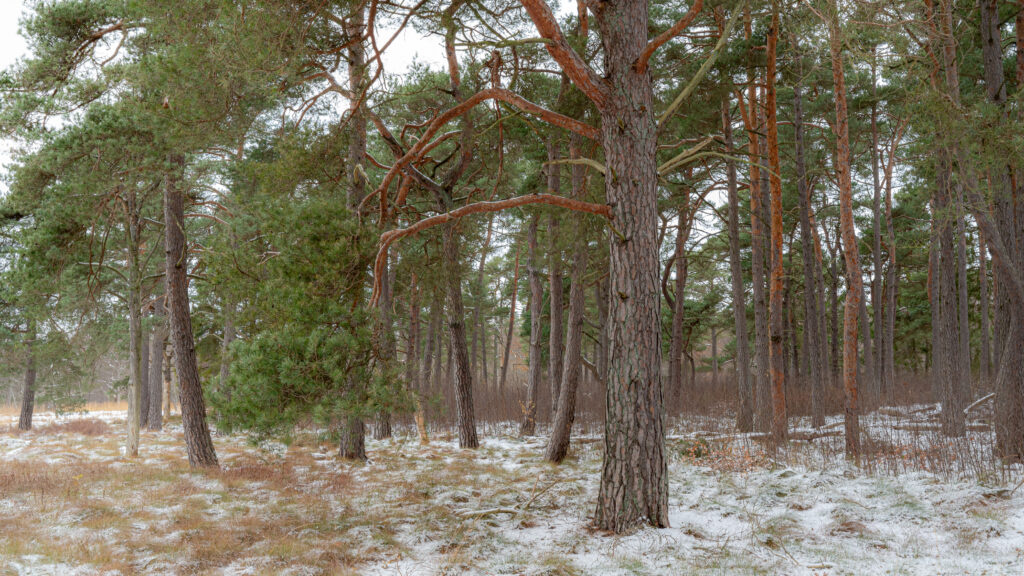
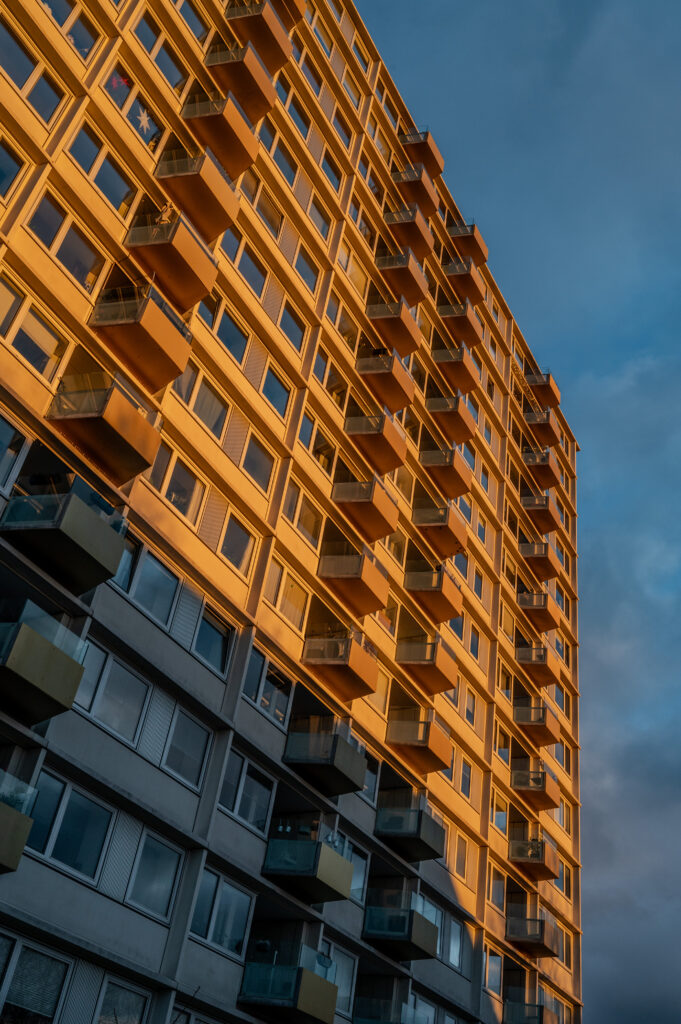
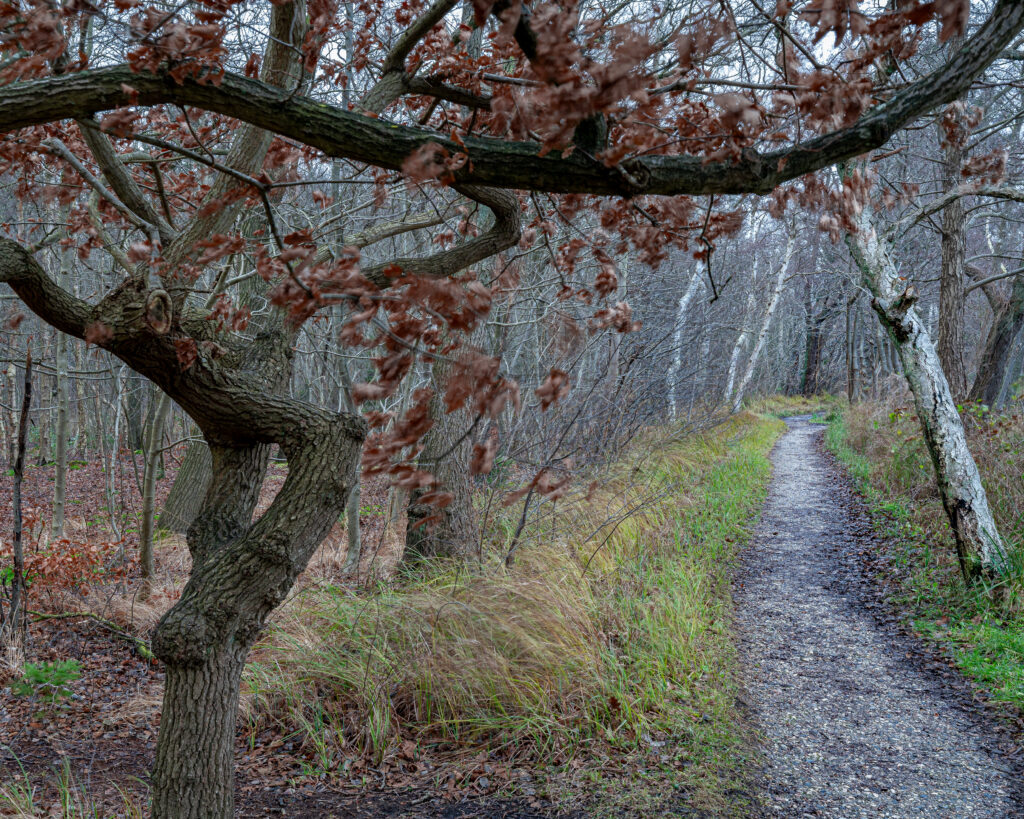
Conclusion
I know that this has not been a technically focused review, but I think you can find such in other reviews – there is an excellent one by DxO Mark where they also look at alternatives to the Nikon 35mm lens. Here I just want to share that I am very happy with this lens that I mainly use for street photography and landscapes. And, as those of you who follow my youtube channel knows, I repeat the point that the Z-lenses from Nikon are next level. Yes, they are expensive, yes, not everyone needs this level of performance and yes AF-S glass price / performance wise is often superior. But when you have tried this lens and seen what it will do to your images, you don’t want to go back. Sorry, that was a generalisation: I don’t want to go back. Thank you for reading this far!
Sample images
I have a Flickr album where I have collected some of the shots I have done with the . You can find the link clicking here. The Flickr page gives you some options for viewing the image quality in greater detail and see for yourself what you think of the lens performance.
